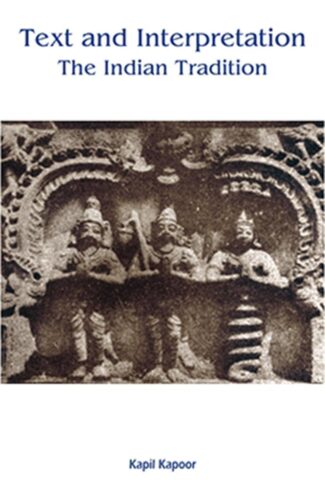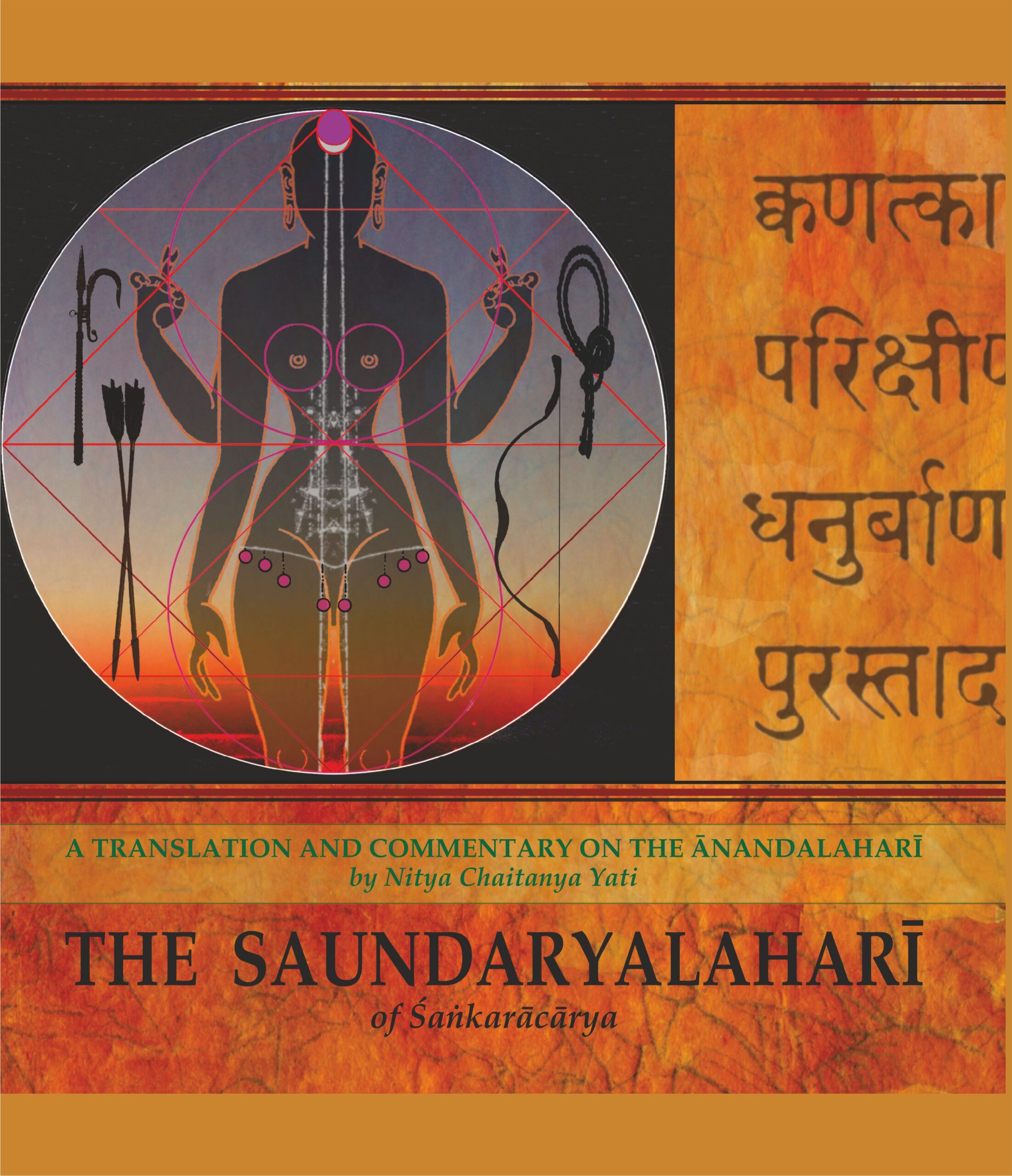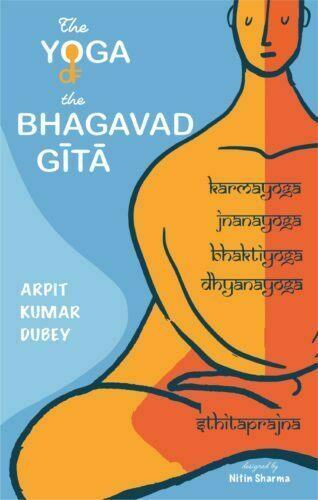Showing 101–110 of 126 results

The Surya Siddhanta is one of the earliest astronomical texts of the ancient India. Under the tradition of Upanishads, the Surya Siddhanta reveals the knowledge of the planetary motion of the solar system directly given by the Sun god to Mayasura, subsequently passed down in oral form. Later on Varahamihira (ce 505-87) discussed the doctrine of Surya Siddhanta in his book on Pancasiddhantika. The present Hindi translation of the Sanskrit verses of Surya Siddhanta is based on the famous English translations by Reverend Ebenezer Burgess (1860) and Pt. Bapu Deva Sastry (1861).
Significant coverage in the fourteen chapters of the book is on units of time, length of the year of gods and demons, day and night of Brahma, the elapsed period since creation, planetary eastwards movement and sidereal revolution. The lengths of the earths diameter, circumference are also given. Eclipses and colour of the moons eclipsed portion are mentioned. The appendices provide the modern aspect on these topics. The researchers of ancient astronomy and others may find it an interesting reading.
The Surya Siddhanta is one of the earliest astronomical texts of the ancient India. Under the tradition of Upanishads, the Surya Siddhanta reveals the knowledge of the planetary motion of the solar system directly given by the Sun god to Mayasura, subsequently passed down in oral form. Later on Varahamihira (ce 505-87) discussed the doctrine of Surya Siddhanta in his book on Pancasiddhantika. The present Hindi translation of the Sanskrit verses of Surya Siddhanta is based on the famous English translations by Reverend Ebenezer Burgess (1860) and Pt. Bapu Deva Sastry (1861).
Significant coverage in the fourteen chapters of the book is on units of time, length of the year of gods and demons, day and night of Brahma, the elapsed period since creation, planetary eastwards movement and sidereal revolution. The lengths of the earths diameter, circumference are also given. Eclipses and colour of the moons eclipsed portion are mentioned. The appendices provide the modern aspect on these topics. The researchers of ancient astronomy and others may find it an interesting reading.

The Taittiriya Upanisad is offered in three chapters treated singly by the author who reveals the invisible thread that runs through them. The analytical commentary results from the insights he has gained from interactions over the years.
The Upanishads capture the quintessence of Indian spiritual wisdom unfolding deep-set, highly perceptive reflections on human existence and how it is related to cosmic mystery. Authored by enlightened seers, at different times, during 1500-200 b.c., the Upanishadic message inheres neither a promise of heaven, nor scare of hell. Rather, it is a magnificent vision that raises human consciousness to sublime heights. The Taittiriya appended to the Krishna (Black) Yajur Veda is one of best among the principal Upanishads. And, schematically, is offered in three chapters, entitled: (1) Shiksha Valli, (2) Brahmananda Valli, and (3) Bhrigu Valli which each Swami Muni Narayana Prasad treats singly, superbly revealing the invisible thread that goes through all of them. With origjnal Sanskrit text, its Roman transliteration and easy-to- understand English paraphrase, this stimulating, at once analytical commentary grows from Swami Muni Narayana Prasads prolonged reflections on the Taittiriya Upanishad, coupled with the insights he acknowledges to have gained from Nataraja Gurus discourses on different Upanishadic themes, Narayana Gurus mystico-philosophical poems, and numerous sessions of intellectual interaction with different groups of scholars.

The present study is the comprehensive analysis of interpretative tradition, concerned with the problem of determining meaning in verbal texts, and examines the nature of the texts and the typology of textual situations. It investigates the instruments of interpretation and illustrates their use in various texts and exegetes.
Linguistic communities are interpretative they have shared frameworks and strategies to fix the meaning of what is experienced through senses or communicated through language. India presents one such interpretative community in which the three major contending schools of thought the Brahmins, the Buddhists and the Jains flourished and fought. The presence of a strong interpretative tradition suggests the existence of texts and issues that are perennially important and also a certain freedom of mind that the community has enjoyed and guaranteed. The present study is perhaps the first comprehensive analysis of this tradition concerned with the problems of determining meaning in verbal texts. It examines the nature of the texts and the typology of textual situations in response to which a system of interpretation developed and became a shared mode of interpretation, the Shastra-Paddhati. It sets up several typologies of meaning, of textual situations and of the interpretative strategies. The book then investigates the instruments of interpretation, verbal testimony, sarvabhauma siddhanta (the meta-principle), sangati (coherence), paribhasha (metarules), laukika-nyaya (common principles of judgement), vyakarana (grammar), nirvacana, (exposition or etymology) and verbal symbolism and illustrates the use that is made of them in different kinds of texts, shruti, smriti and kavya, and by different exegetes such as Shankara. At a time of resurgence of interest in the Indian intellectual traditions in grammar, philosophy, logic, theories of meaning and poetics and as part of a transdisciplinary search for abstract structures of knowledge this book should be of interest to students and scholars of Indian languages, linguistics, semiotics and literatures and generate lively intellectual controversy among scholars and motivate further research and study in these areas.
Indisputably one of the world’s best-known books, the Bhagavadgita embodies the quint-essence of classical Upanisadic philosophy, presented in the form of a dialogue between Krsna, the archetypal teacher, and Arjuna, the archetypal human being caught in the grip of a monumental crisis. For anyone like Arjuna who has ever paused to ponder the meaning of life, the work is as relevant today as it was when it was written.
By stripping away the manifold biases — both subtle and obvious — that have colored other commentaries, Guru Nitya has uncovered the perennial philosophy at the heart of this great classic. In an original, easy to understand format, his commentary divides each of the Gita’s eighteen chapters into three sections: the first elucidating the basic concepts involved; the second including Sanskrit text in Roman script along with the English meaning of each word or phrase and Nataraja Guru’s lucid and revolutionary English translation; and the third carrying explanatory notes and comments in the form of a dialogue between a teacher and student.
The breakthrough of this interpretation of the Gita is in its transcendence of sectarian dogma to reveal the work as a fully developed scientific psychology, whose keen insights and vivid reasoning can be readily appreciated by the twenty-first-century mind.

The core of this book is devoted to the karaka theory as it is taught in the Bhattikavya. In the introductory section, an outline of this kavya and a summary of the authors findings in his previous work on it are given.
There has been a steady flow of scholarship dealing with the karaka theory as expounded in various grammatical works. The purpose of the present book is to conduct a searching examination into a text which has received little attention from Paninian scholars and whose voice has remained unfamiliar, the Bhattikavya. One can see from Bhattis illustrations of the karaka rules how he interprets them, and also how he interweaves the illustrations with the Rama story in his poetic work, which is intended as a textbook on Sanskrit grammar. In the introductory section, an outline of the Bhattikavya and a summary of the authors findings in his previous work written in Japanese on this kavya (2017, Kyoto: Hozokan) are given. The present volume also includes two appendices that take up related questions concerning poetic composition and Vedic usage.

This book comprises the first part of Saundaryalahari, popularly known as Anandalahari. The text is a protolinguistic composition using a pictorial language of images. The absolute joy of Advaita is presented subjectively as ananda and objectively as saundarya. For the contemplation of the Shri Chakra, 53 meditations have also been provided.
This book comprises the first part of Saundarya Lahari (The Upsurging Billow of Beauty), popularly known as Ananda Lahari, covering the first forty-one verses.
This poetic work has fascinated generations of scholars and laypersons with the sublime beauty of the verses in praise of the Devi, but also puzzled people by the authorship of Shankara. The text is a protolinguistic composition using a pictorial language of images. Beauty, elevated to the highest level, provides content to the otherwise abstract notion of the Absolute. The absolute joy of Advaita is presented subjectively as ananda and objectively as saundarya.
This tenth-century hymn to the Devi is a poetic restatement by the philosopher Shankara of his strict Advaita Vedanta monism. In a compelling series of verses, Shankara draws in many strands of Indias heritage and braids them into a vision of luminous, transcendent Beauty.
The present commentary by Guru Nitya Chaitanya Yati grew out of his class of intimate meditations. He has integrated the academic disciplines of aesthetics, linguistics, and psychology with contemplation into a comprehensive study of creative manifestation. The heterodox Tantric Shri Vidya schools are centered on the realistic worship of the Devi or Goddess and the Shri Chakra. Keeping in line with contemplation, the Appendix provides 53 meditations on the Shri Chakra.

This volume presents the translation and interpretation of thirteen principal Upanisads such as Brhadaranyaka, Chandogya, Taittiriya, Aitareya, Kausitaki, Kena, Katha, Isa, Mundaka, Prasna, Mandukya, Svetasvatara and Maitri along with the outline of the philosophical wisdom inherent in these Upanisads. It also features the recurrent and parallel passages in these principal Upanisads and the Bhagavadgita.
Upanisads are an authoritative compendium of Indian metaphysics. They represent the earnest efforts of profound thinkers of early India to solve the problems of origin, nature, and destiny of man and the universe, more technically the meaning and value of knowing and being. They are replete with sublime conceptions and with intuitions of universal truth. These Upanisads sets forth two opposing theories: one of mundane life and the other relating to a life that is in search of the Supreme Reality and man’s ultimate aim.
Though, traditionally, 108 Upanisads are well known and subject to various studies, there are around 200 Upanisads in toto. Of them, this volume contains the translation and interpretation of thirteen principal Upanisads such as Brhadaranyaka, Chandogya, Taittiriya, Aitareya, Kausitaki, Kena, Katha, Isa, Mundaka, Prasna, Mandukya, Svetasvatara and Maitri along with the outline of the philosophical wisdom inherent in these Upanisads. It also features the recurrent and parallel passages in these principal Upanisads and the Bhagavadgita.
The Ramayana has effected incessantly the Indian consciousness for more 2,500 years. Its moral and ethical impact and relevance are par excellence of its poetic beauty and dramatic narrative. It gave a new praxis to the dharmic mores of the Indian psyche. The Valmiki Ramayana as Epic and Dharmasastra: Reading the adikavya as an Ethical Guide is derived from a series of three lectures that Prof. Dr Robert Goldman delivered at the Department of Philosophy, Jadavpur University in 2016 as a visiting professor.
The book, while taking an overview of the Sanskrit epics as poetry, history and science, takes one through the dilemma that Dasaratha faces due to his denying kingdom to Rama and the latter’s going for vanavasa, the ethical and moral challenges that Rama faces in his war with Ravana and others, and in the ethical shift that Rama undergoes from his compassionate and self-sacrificing moral code to a more rigid dharmasastra and arthasastra-oriented mode of royal conduct in the last part of the epic. All this, looking back over the various situations, episodes and responses of the principal characters in the epic drama.
The Ramayana thus functions not only as as a grand kavya and an ithihasa, but also as a dharmasastra and a nitisastra as well.

It vividly and graphically presents the key concepts of the Bhagavadgita while majorly discussing the concepts like atman, Paramatman, jagat, karma-yoga, jnana-yoga, bhakti-yoga, dhyana-yoga, sthitaprajna, sadhakas’ challenges and the ways out.
This volume covers all the aspects of Yoga and self-management discussed in the Bhagavadgita –– a comprehensive text of personal and professional life management and adhyatma-sadhana (spiritual upgradation). What makes the book special is its dialogue format between a guru and his disciple as exactly what we witness in the Bhagavadgita as between Sri Krsna and Arjuna.
It vividly and graphically presents the key concepts of the Bhagavadgita while majorly discussing the concepts like karma-yoga, jnana-yoga, bhakti-yoga, dhyana-yoga, sthitaprajna, and seven keys of self upgradation, which leads towards Health, Happiness and Harmony, challenges and the ways out.
This book will help in the making broader understanding of the concepts and philosophy of the Bhagavadgita, which transcends time and space, to register with the new generation readers and thereby emulate and practise the varied forms of Yoga.
| Tirumurai is the sacred poetry in the Saiva tradition of ancient Tamilnadu. Sung to the rhythm of percussion, string and reed instruments, the devotional outpouring of saints and poets known as Nayanars of the fifth to the twelfth century CE reflect the religious and cultural mores of the people. This book attempts to capture the grandeur of this vast, fascinating subject by presenting a detailed overview of the salient features. Beginning with an introduction to Nataraja Tattvam and Tamil Isai, all twelve Tirumurai are explained. Each chapter begins with the life story of the Nayanar followed by an analysis of the poetry with explanation of paN (raga) and sthala puranam. A few select songs from each Tirumurai are presented in the original Tamil with Romanized transliteration as well as English translation, made available in an online audio album complementing this book. Foreword by Lakshmi Viswanathan |
| There are no products |